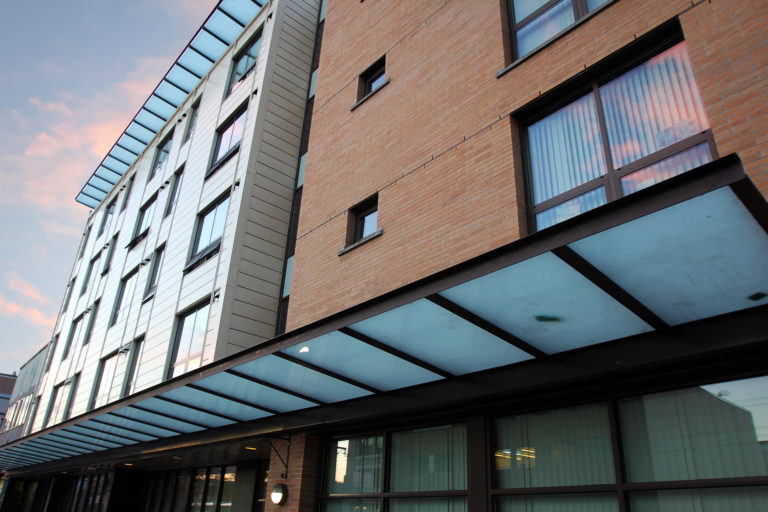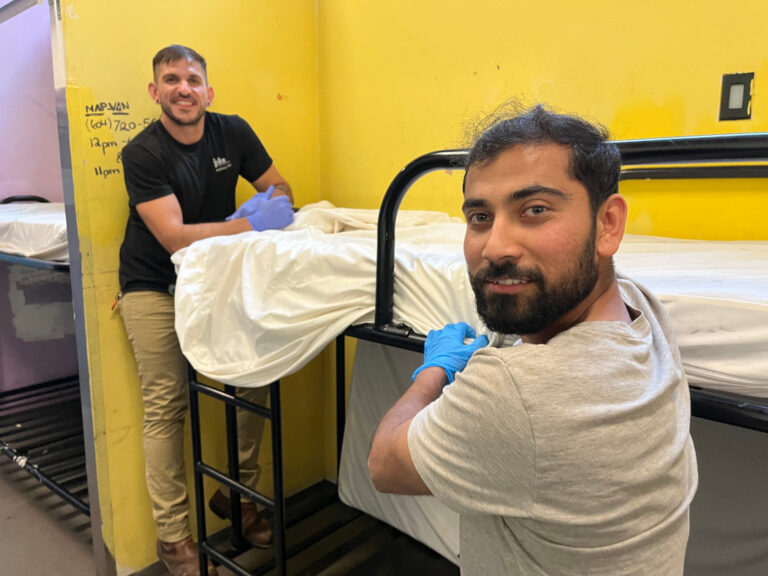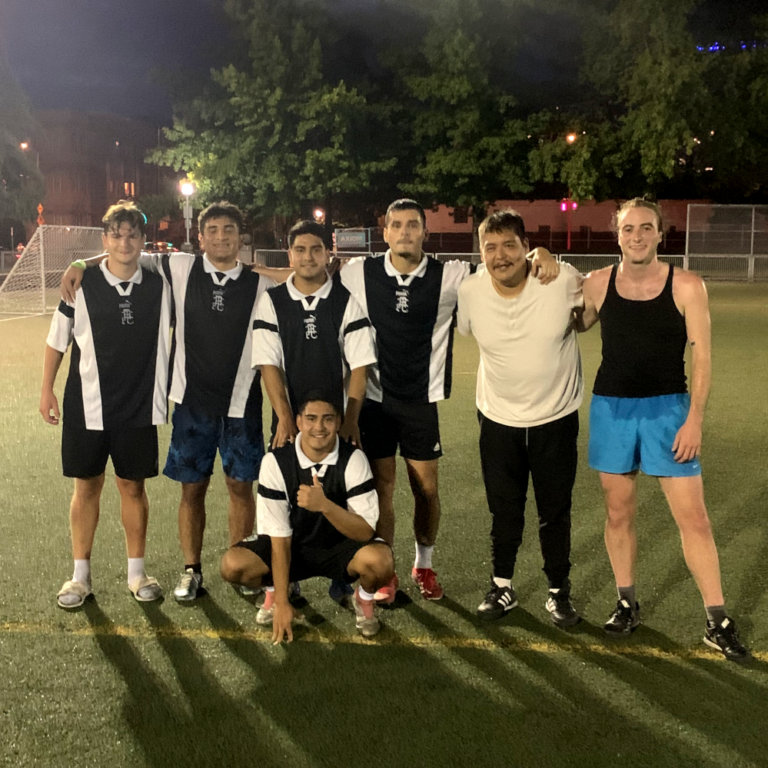The PHS team is innovating to protect vulnerable people from extreme weather.
Extreme weather is the new normal, and winter freezes, summer heatwaves and year-round storms hit marginalized people the hardest. The Downtown Eastside has less shade and shelter than other parts of Vancouver, with summer heat magnified by the urban environment.
Last summer’s extreme heat caused 619 deaths across the province, according to the B.C. Coroners Service.
“We found the most important thing with the heat dome was to increase staff supports for residents,” said PHS Housing Director Tanya Fader. “We helped people keep cool by providing fans and putting air conditioning units in common areas, and in the rooms of the most medically vulnerable people.
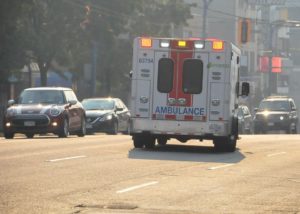 “Staff were also bringing water and electrolyte drinks and ice pops.”
“Staff were also bringing water and electrolyte drinks and ice pops.”
Then, when temperatures plunged in winter, we opened extreme weather response shelters.
“We created additional spaces at New Fountain Shelter,” said Tanya. “It’s not 24-hour, so we provided warm clothing and extra food for guests, linking them with resources for staying warm like community centres.
“At The Osborn, we were able to place cots in the lobby area and activate the programming area – we said to people to bring their sleeping bag and sleep on a chair.”
Lessons learned from the heat dome response have been turned into a heat protocol, activated when the outside temperature hits 26 ° C. These include wellness checks and guidance to prevent staff overheating.
“If staff last summer had not been doing wellness checks there would have been deaths,” said Tanya. “They identified people who were dehydrated, and some were taken to the ICU. “People with schizophrenia are probably the most vulnerable, because of how they read their bodies.
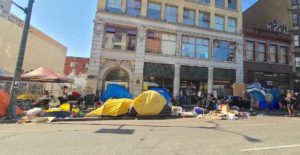 “Additionally, we have to be aware of staff responding to overdoses in extreme heat, particularly providing CPR.”
“Additionally, we have to be aware of staff responding to overdoses in extreme heat, particularly providing CPR.”
The team also prepared by stocking up on fans and air conditioning units well in advance, blocking out skylights, and preparing to install cooling areas in common spaces and misting stations on patios, courtyards and sidewalks.
Extreme heat is particularly dangerous for people who are socially isolated. We are working hard to help prepare our communities and bring safety through connection.
- Learn more about innovative PHS programs and our supportive housing in Vancouver and Victoria, B.C.
- Donate to continue innovative projects like these.

